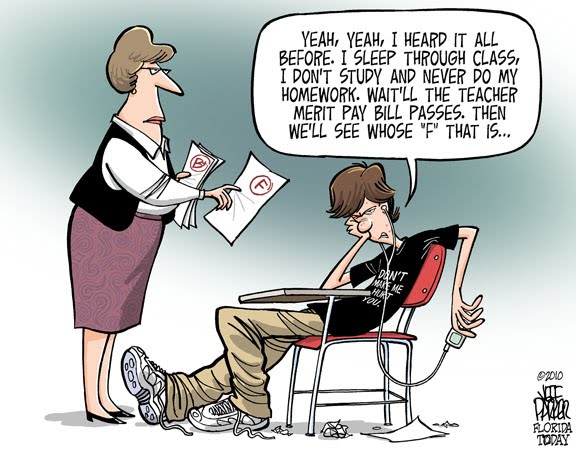“Slave” market education reform in NOLA? #NOLAEdWarning

On August 29, 2005, Hurricane Katrina struck New Orleans and communities across the Gulf Coast. The destruction and displacement that followed the storm created what some considered a window of opportunity for sweeping changes in New Orleans’ public education system. The state-run Recovery School District assumed control of the vast majority of public schools in Orleans Parish and turned their operation over to charter school management organizations, with the autonomy to recruit new teachers and educational leaders. Veteran teachers in New Orleans were fired en masse. Neighborhood public schools were closed and “choice” among privately managed charter schools defined the new landscape. In 2014-2015, New Orleans became the nation’s first all-charter school district and cities across the nation have begun to adopt the “New Orleans model” of urban school reform.”The purpose of the Ten-Year Community-Centered New Orleans Education Research Conference was to prompt a national conversation among prominent urban education researchers and community members most intimately affected by such reform to illuminate effects on the ground. Does research evidence and experiential knowledge suggest the New Orleans model is a guide for cities nationally? Or do the effects on poor and working-class communities of color suggest an alternative policy future for urban public schools? Given ongoing concerns over racial and economic injustice, retrenchment of civil rights, and educational inequity, the ten-year anniversary of Hurricane Katrina presents an ideal, even catalytic, moment to reflect on the progress of recent policy initiatives. Gathering scholars and community-based stakeholders from cities nationwide, this conference will enable careful and collective consideration of the evidence in charting the educational future of our children and the realization of freedom dreams that have inspired previous generations. Kristen Buras, Ph.D.
This past week I had the opportunity to gather with education stakeholders from across the nation in New Orleans at “Slave” market education reform in NOLA? #NOLAEdWarning | Cloaking Inequity:

















